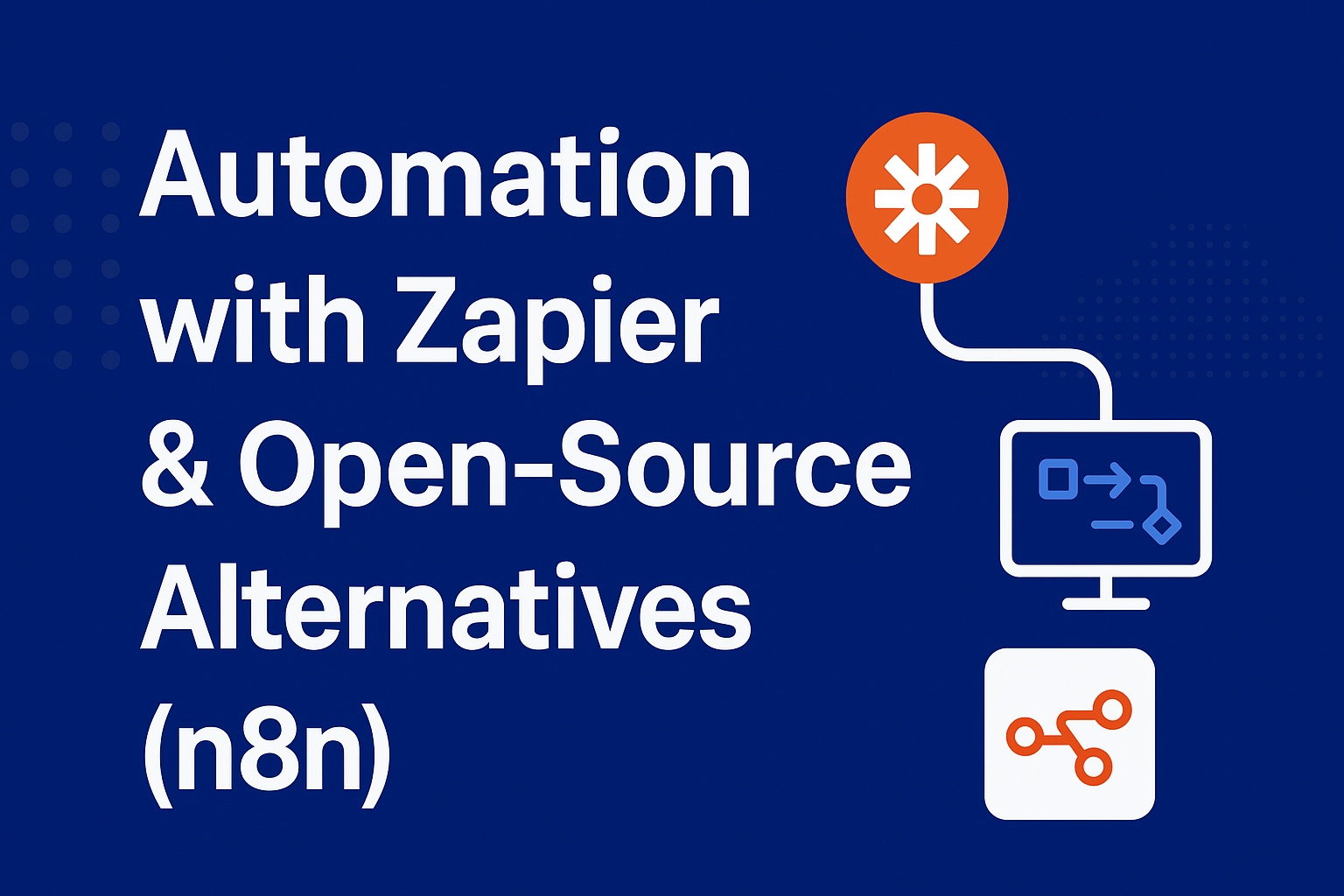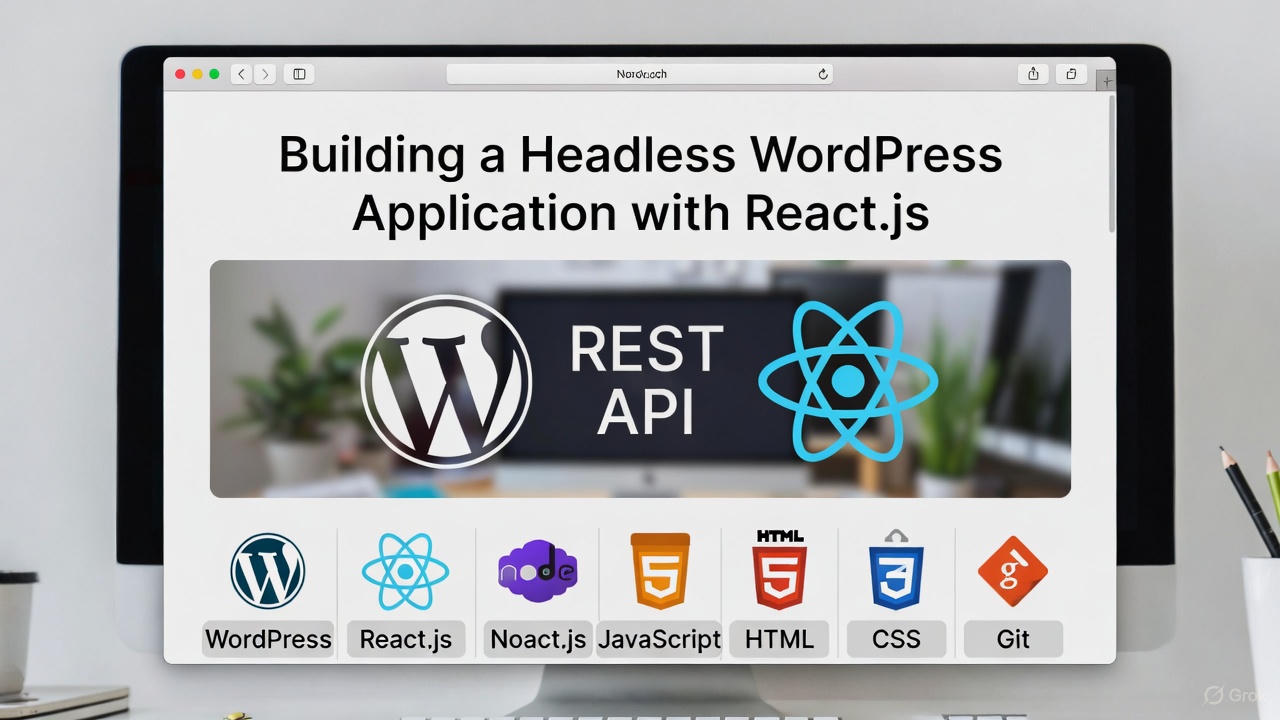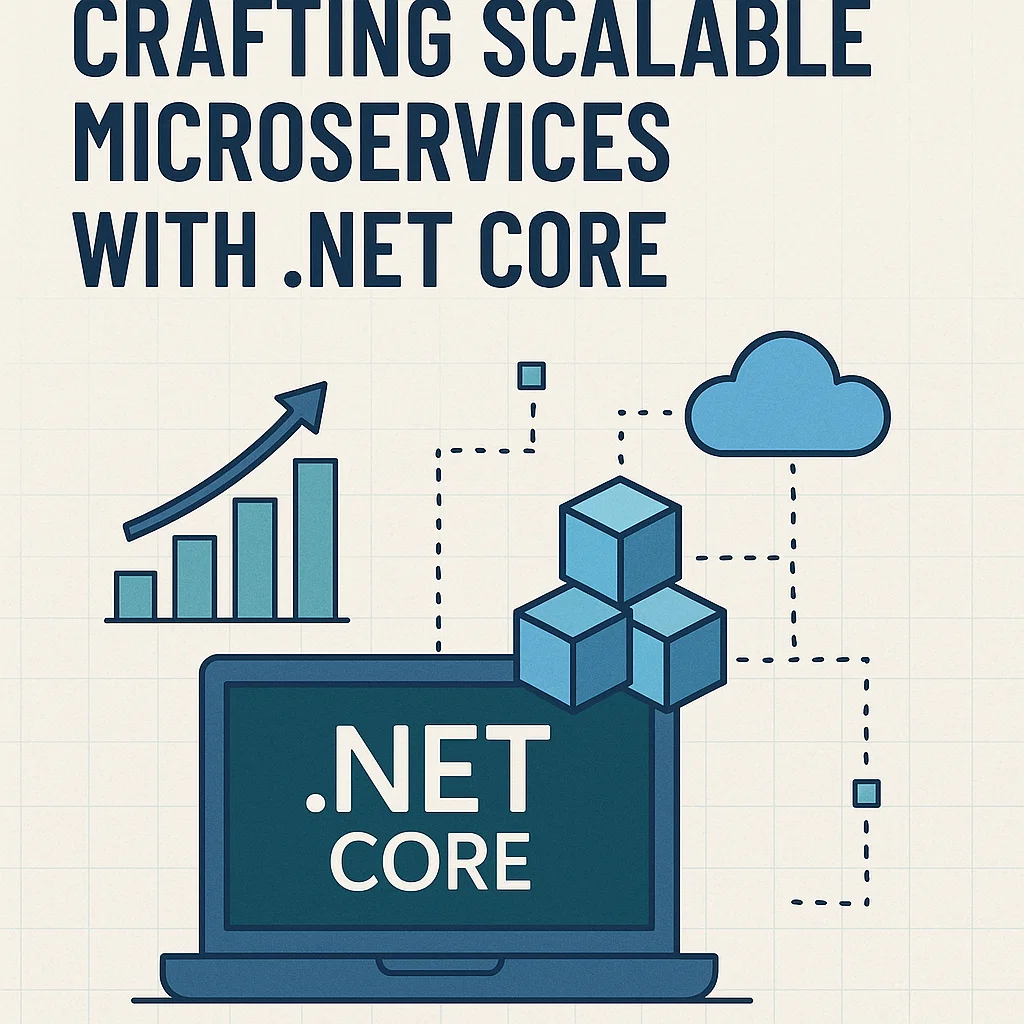Tag: #technicalblog
-

AI-powered Fraud Detection in FinTech
Overview: Fraud is one of the biggest threats to modern digital financial systems. With the rapid growth of UPI payments, online banking, instant loans, and digital wallets, FinTech platforms now process millions of transactions daily. This growth also increases opportunities for cybercriminals, making AI-powered fraud detection essential. This blog explains: How AI detects fraud Why…
-

AI Automation with Zapier & Open-Source Alternatives (n8n)
Overview AI-driven automation is transforming how teams manage their everyday workflows. By connecting apps, streamlining processes, and adding programmable logic, modern automation tools reduce repetitive tasks, minimize errors, and allow talent to focus on meaningful, high-impact work. This guide breaks down the strengths of the no-code automation giant Zapier and the flexible open-source alternative n8n,…
-

Building a Headless WordPress Application with React.js as the Frontend
Introduction Traditional WordPress sites render both backend and frontend using PHP themes. This works for simple sites but can limit performance and modern application requirements. The headless (decoupled) approach uses WordPress purely as a content management system and serves data to a separate React.js frontend using the built-in WordPress REST API. This architecture provides the…
-

Micro-Frontends: Scaling Frontend Development with Modular Architecture
Introduction As web applications grow, monolithic frontends—where all features live in a single codebase— quickly become difficult to manage. Large applications like dashboards, search systems, user management, and analytics often suffer from: Slow build and deployment cycles Conflicts between multiple teams working on the same codebase Difficulty introducing new frameworks or technologies Risk of a…
-

Crafting Scalable Microservices with .NET Core
Introduction Microservices is a design pattern which is used to develop an entire application by using small independent services. Each service has performed specific business logic like payments service, email service, SMS service, order service, document service and communication with other services using an Api and communicating between two microservices using sockets and grpc tool.…
-

Simplifying State Management in React with Zustand
Managing state in React applications has always been a challenge. For small apps, useState and useReducer work fine, but as your app grows, so does the complexity of managing state across multiple components. Traditionally, libraries like Redux or the Context API have been used to handle global state. However, they often come with boilerplate code,…
-

SQL Functions Deep Dive
SQL Functions In the realm of database management and querying, proficiency in SQL goes beyond basic CRUD operations. Advanced SQL functions offer a wide array of capabilities for data manipulation, analysis, and optimization. In this blog post, we’ll explore some of the most powerful SQL functions. Advanced SQL Functions 1) Table-Valued Functions: Table-valued functions in…
-

Exploring the Key Features of MVC 5 and MVC 6
MVC (Model-View-Controller) is a software architectural pattern commonly used for developing user interfaces. MVC 5 and MVC 6 refer to different versions of the ASP.NET MVC framework, which is used for building web applications on the .NET platform. Here are some key features of each: MVC 5: 1. Controller Improvements: Attribute-based Routing: In MVC 5,…
